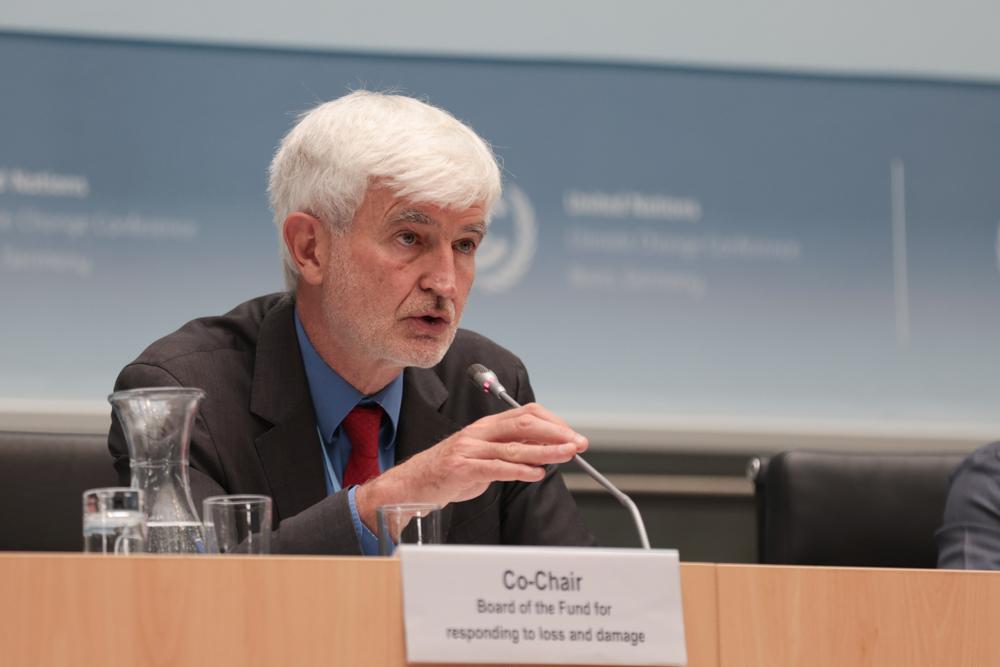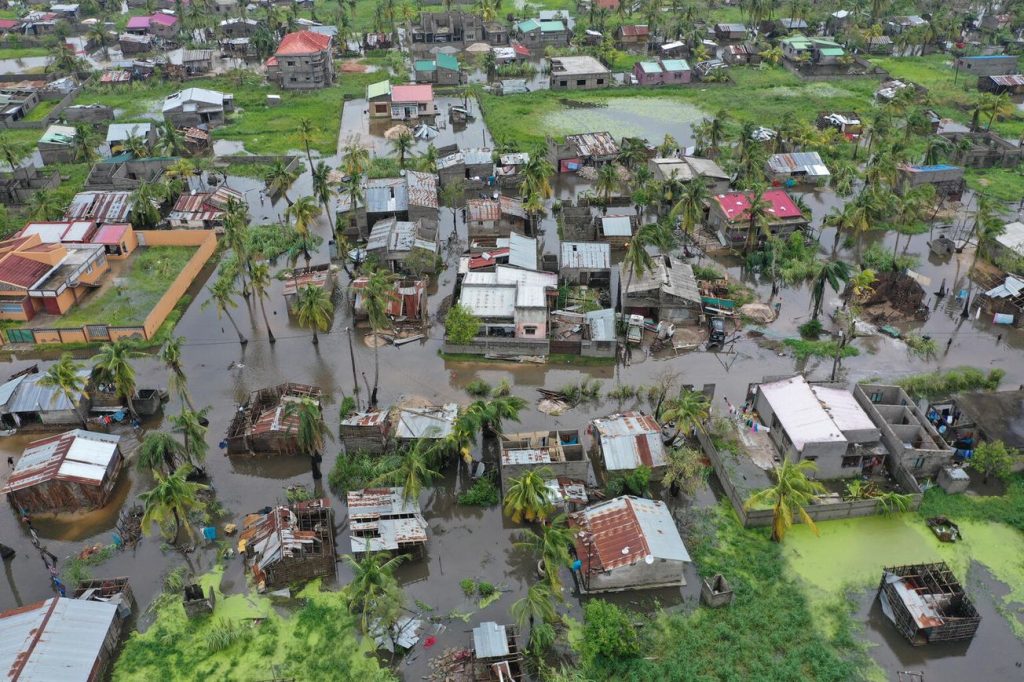The members of the Loss and Damage transitional committee tasked with operationalising the funding arrangements agreed to at COP27 last year, have just been announced. The announcement comes as a relief, following concern at its delay, since members are required to meet by 31 March this year and its mandate only runs until December.
The committee is comprised of 10 members from developed countries and 14 members from developing countries, three of which are from Africa. Mohamed Nasr will represent Egypt, Richard Sherman will represent South Africa and Sudan will be represented by Sumaya Zakieldeen. The Transitional Committee’s mandate is t focused on making recommendations on funding arrangements for loss and damage for consideration and adoption at COP28. During the course of this year the committee must consider and put forward recommendations on the institutional and governance arrangements as well as the structure and terms of reference of the newly established fund to address loss and damage. They must also make recommendations on other new sources of finance. The detail of how they will do so and their agenda will be put forward at their first meeting this month.
As is often the case with funding arrangements, the devil will be in the detail as simple requirements like the processes countries are expected to follow, the types of losses and damages covered, and the timing of releasing funds will all be critical aspects to its success. All of these issues will need to be closely monitored to ensure that loss and damage doesn’t become another sticking point at this year’s COP. Broader controversies around which countries are expected to contribute to the fund, which developing countries will benefit and where the fund will be situated within the broader climate finance regime will also inform the Committee’s work.
The other much greater challenge is to ensure the fund is sufficiently capitalised once it is operationalised. Countries are currently not forced to pay anything and it is likely that the final amount will depend on what countries are willing to contribute and the success of any new “innovative approaches” to come up with new sources of finance. A success of the Committee would be measured by creating procedures and processes to ensure that contribution roadmaps are developed and that pledges align with actual needs on the ground.
The Transitional Committee will meet three times this year, and it will be important for developing countries to follow and comment on both the agenda of these meetings and any draft of final recommendations made.
The establishment of a fund for loss and damage couldn’t come sooner for African countries, as Cyclone Freddy, the world’s longest-lasting tropical cyclone, made its second landfall in Malawi and Mozambique this week. It has reportedly killed more than 200 people, nearly 59,000 people have been affected ,and more than 19,000 displaced. Whilst regional insurance schemes to finance extreme weather events are available, these often only pay out a fraction of the total cost, and come at a premium. They also are not well suited to slow onset climate disasters or human displacement, underscoring the importance of operationalising an effective and fit for purpose loss and damage funding mechanism.






